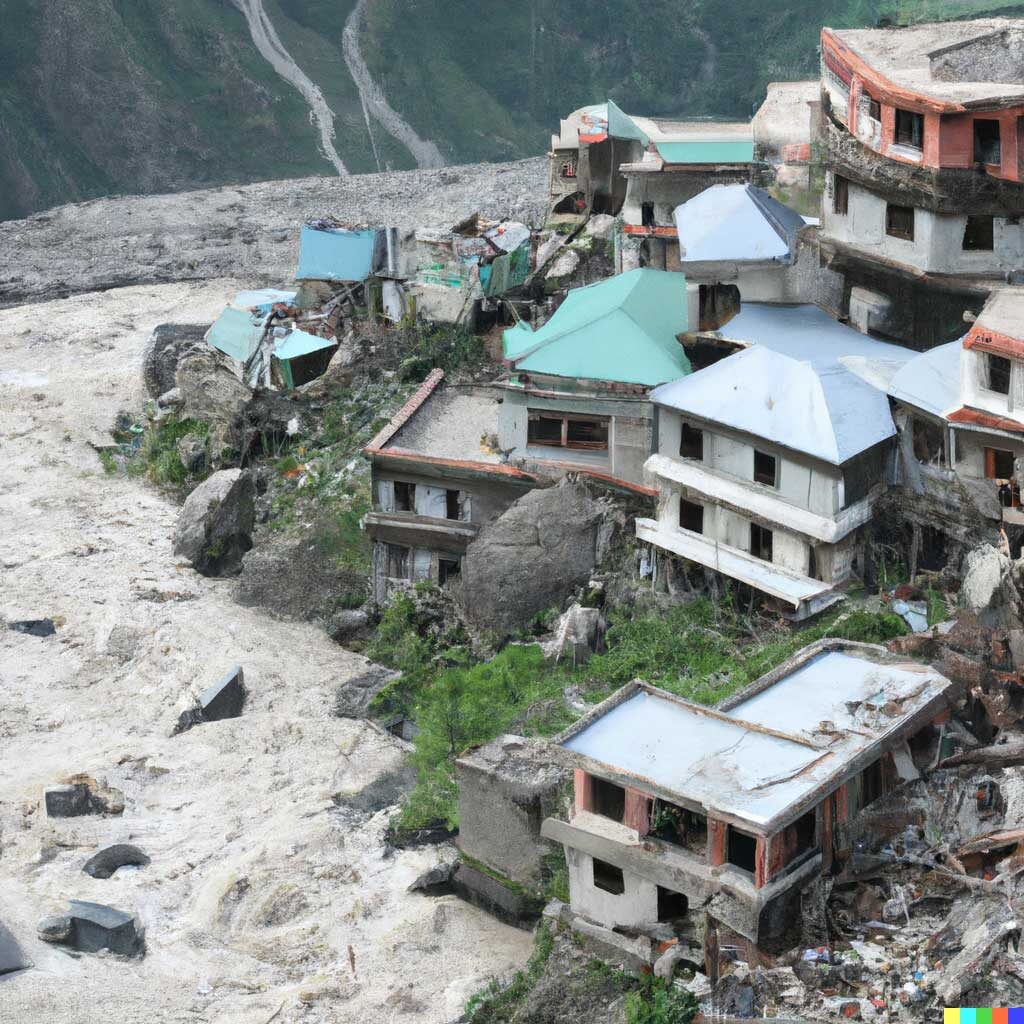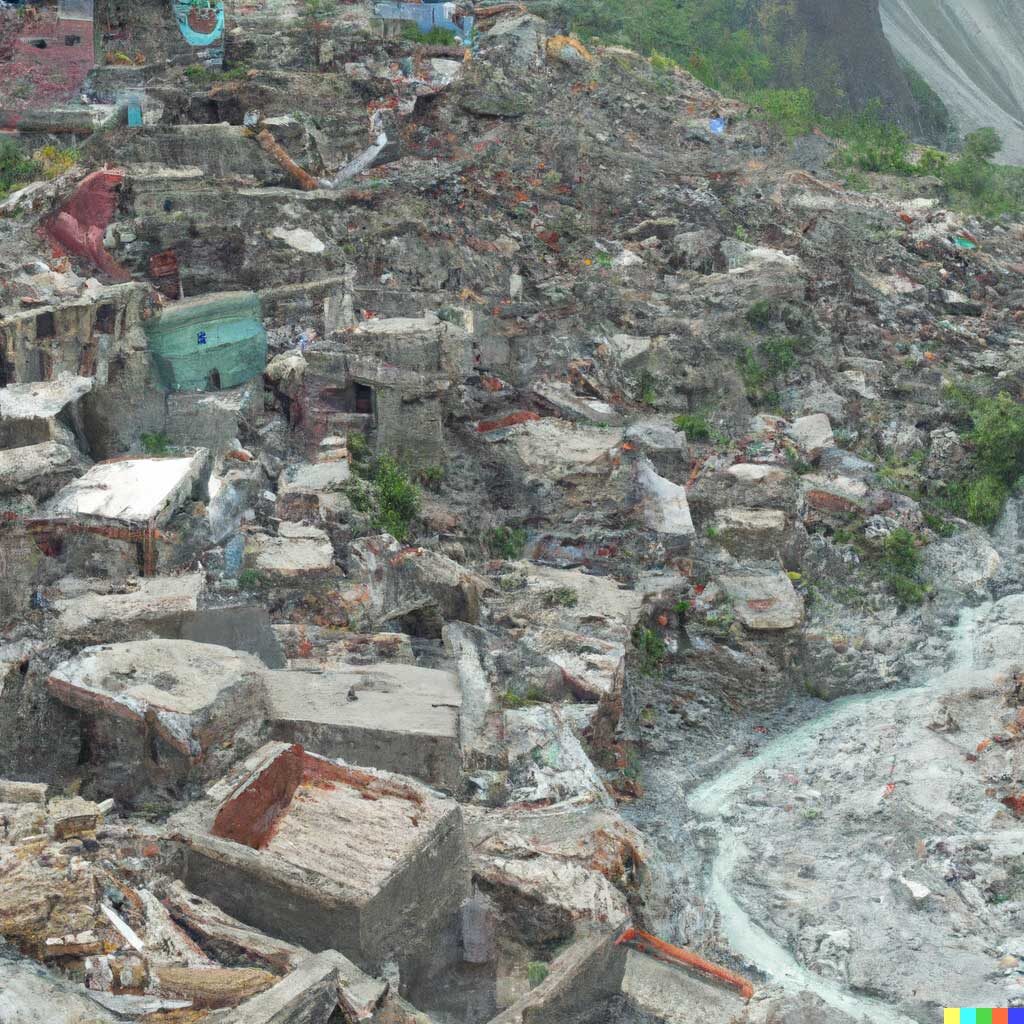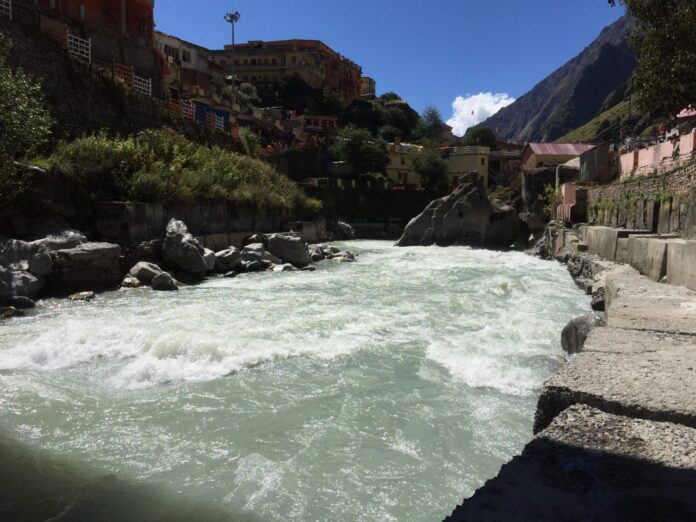Joshimath is a hill town located in the Indian state of Uttarakhand, which is facing an alarming problem of subsidence or sinking of land or landslide. The town is situated at an elevation of 6150 feet above sea level, and it is the gateway to several trekking destinations and pilgrimage sites like Badrinath in the region. Joshimath Cantonment is an important military stations of Indian Army, present in Uttarakhand. It is the closest army station to the India-China Border. It was used as a base camp for the rescue people in Kedarnath Floods in 2013.
What is Going On?
Around 395 villages in 12 districts of Himalayan state are placed in the disaster-prone areas.
The decision was taken to designate the area as a landslide and subsidence zone by the state governments representatives, the National Disaster Management Authority (NDMA), the Geological Survey of India (GSI), and the National Institute of Hydrology (NIH).
What is the Cause?
The primary cause of subsidence in Joshimath is the over-exploitation of underground water resources. The town has seen a rapid increase in population over the years, leading to a rise in demand for water for drinking and irrigation purposes. As a result, the groundwater level has been decreasing at an alarming rate, causing the soil to compact and sink. The withdrawal of water from the underground aquifers has resulted in a decrease in the pore pressure of the soil, leading to soil compaction, and subsidence.

Effects:
The subsidence problem in Joshimath is not only effecting the infrastructure of the town but also the local population’s livelihoods. The sinking land has resulted in the damage of roads, buildings, and other public utilities. The problem has also affected the agricultural lands in the region, which has led to a decrease in crop production and income for the farmers.
It has also led to an increase in the risk of landslides and flooding, which has added to the woes of the local population. The landslides and flooding can cause damage to buildings and infrastructure and can even lead to loss of life.

According to The Indian Express, the possibility that such an incident will occur in the area was originally highlighted in year 1976, when the MC Mishra Committee report was published, and it issued a warning against “Unplanned Development in this area and outlined the natural vulnerabilities.”
A survey was conducted in 2021 by Supreme Court-appointed panel, which concluded that the city was built on landslide material.
What can be the Solution then
To address the problem of subsidence in Joshimath, a multifaceted approach is needed. One solution could be the implementation of rainwater harvesting and water conservation methods to reduce the dependence on underground water resources. Use of alternative water sources such as surface water, recycled water, and treated wastewater can also be explored. Additionally, measures such as soil stabilization and the use of geotechnical instruments can be employed to prevent further subsidence.
Overall, the problem of subsidence in Joshimath is a serious issue that needs immediate attention. Without proper intervention, the town’s infrastructure and the livelihoods of the local population will continue to be affected. It is essential that a comprehensive and sustainable solution is found to address this problem and ensure the long-term sustainability of the town.
